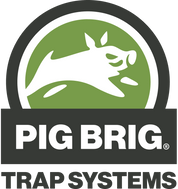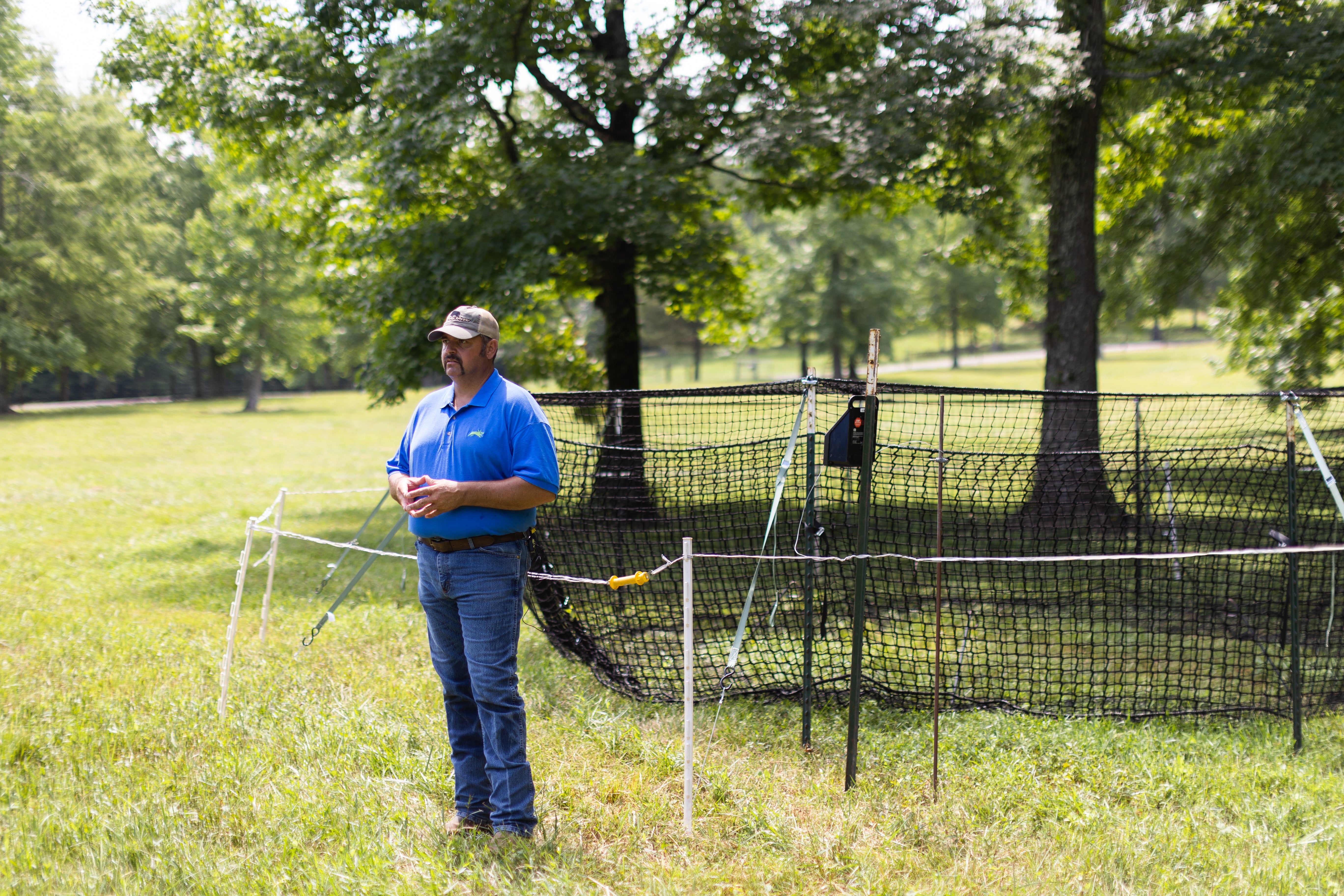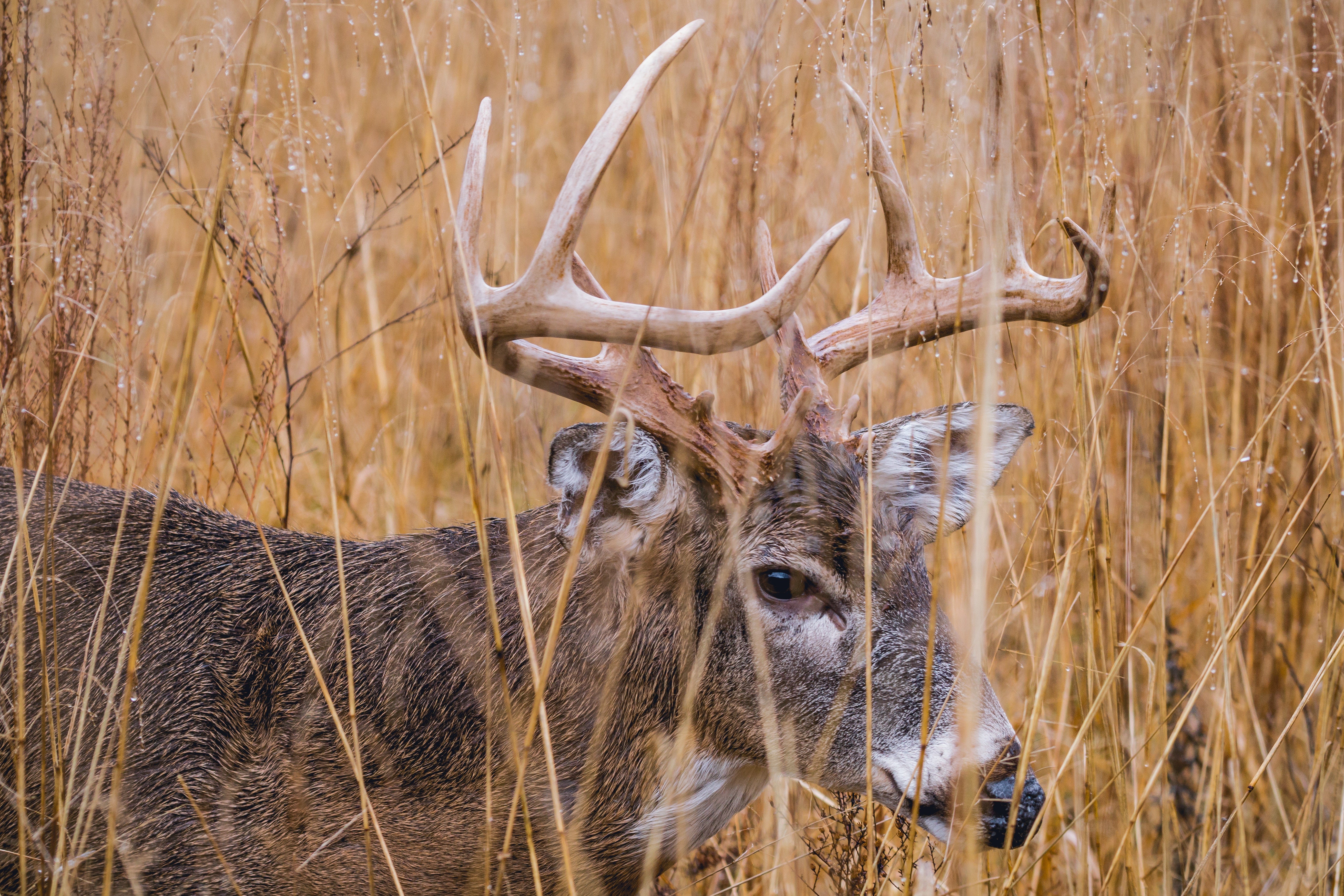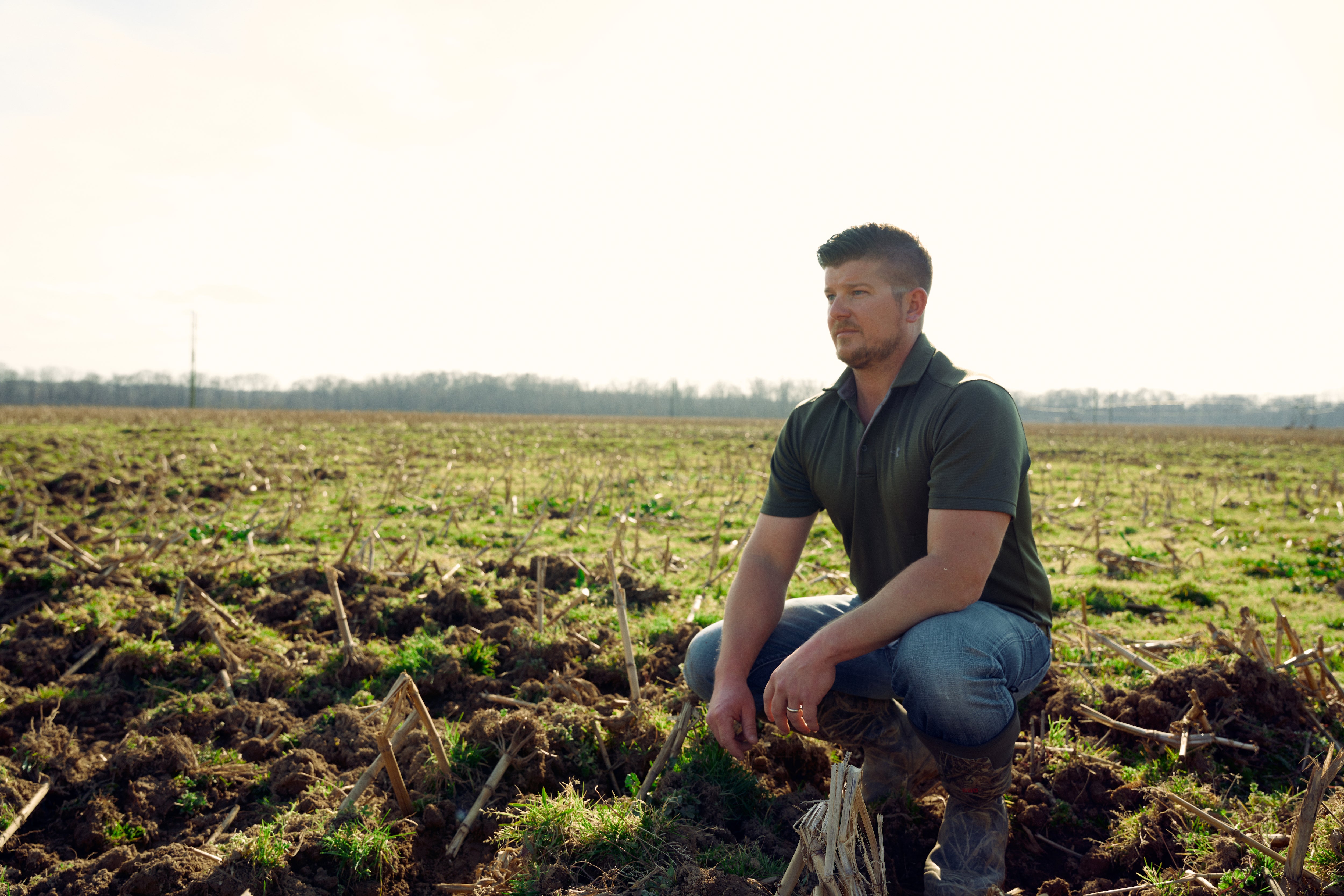How to Bait A Pig Trap
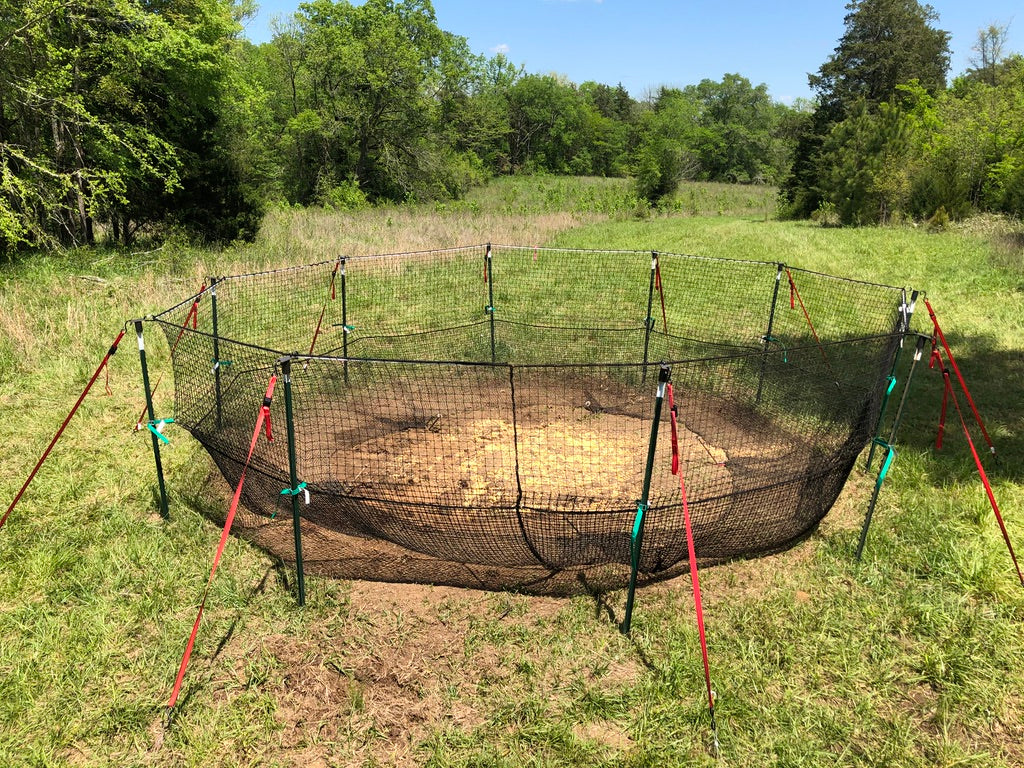
How to bait the trap.
Sounds easy, right? Pigs like corn. And, if your trap is well placed, putting a pile of corn out will generally do the job.
The typical feed corn from the local co-op or Tractor Supply store is your best bait for trapping hogs in the South and Southwestern parts of the United States, especially for Texas, Louisiana, Arkansas, Mississippi, Alabama, Georgia and Florida. In other parts of the world like Asia, Australia and Europe, any inexpensive, local grain will work.
But there are a few things to keep in mind.
1. How does the season affect baiting a wild hog trap?
Pigs are smart, and corn is an enticing treat — except when there is something even more enticing. Wild hogs have keen instincts that allow them to know which food options are the most nutrient-rich.
Early in the spring, corn has to compete with fresh growing sprouts, either those growing wild, or those just emerging from a farmer’s field. This is the time of year when the corn is least attractive, AND the time when a farmer’s hard work is most at risk.
Ideally, you would be trapping prior to planting season and would have conditioned pigs to find your corn away from your fields. However, people often don’t realize they have a pig problem until they see the destruction firsthand.
Most trap companies recommend that you trap year round, and, it’s true that year-round trapping is a best practice. This is particularly true if you have a trap that is both easier to move and can catch the whole sounder. Once the sounder is eliminated, move it to a new location. If you catch more pigs, it proves that a new sounder has migrated onto your land.
That said, Spring is the most difficult time to trap because store-bought corn has to compete with even more delicious, protein-rich ground sprouts and seedlings.
If you’ve managed the pig problem all year, it means you might notice fewer pigs in your trap. But if the hogs continue to wreak havoc on your land, this could indicate the wild hogs have learned to avoid your bait. So you may need to add an attractant to sweeten the pot.

2. Where to place the feed and trap.
Pigs are creatures of habit and highly paranoid. I suppose we would all be paranoid if we were made of bacon, but you can use these two things to your advantage when placing your feed.
Because pigs are so paranoid, they look for a safe place to sleep.
If you set up the trap too close to their sleeping spot, they’ll get scared and scatter, and you never want to scatter the sounder. It just makes them harder to scatter.
When scouting your property, look for a place halfway between where the sounder sleeps at night and where they cool off during the day — somewhere they go often because pigs do not sweat. This means they need to find a place close to water or mud.
Wild hogs tend to eat along the way. Consider placing your bait near a tree line. Again, pigs are paranoid, and when they travel, they like the security of the tree line.
Things to consider in site selection:
- Bedding and feeding locations
- Natural land features (tree lines and similar features)
- Trees are a great place to both keep your sounder cool and get them to start feeding
3. How much bait should I use in my hog trap?
Again, trapping one or two pigs will not be enough to protect your land. You must catch the whole sounder.
Feed is expensive, so you don’t want to put out too much during conditioning, but if you have a continuous catch trap like the Pig Brig Trap, then you also don’t want to put out too little.
You want to keep them coming, so you can catch them all. When wondering how much feed to put out to catch wild pigs, a good rule to consider is 4 pounds of feed per pig. This is where a game camera comes in handy to help you know exactly how much bait you need.
Generally, if you’re not using a game camera to know the exact size of the sounder you’re going to overbait your trap.

4. How to condition the trap.
Consistency is the key. Whenever you approach the trap site, do so in the same way, and at the same time.
Feral hogs are an exotic livestock species and adjust quickly to human activity. If you are consistent in your conditioning and baiting, they will adjust to your presence and learn not to fear you or your trap.
Baiting near dark around the same time, again and again, will acclimate feral hogs to your activity and they will quickly associate those sounds and activity with the arrival of food.
And get loud! Don’t worry about talking or the sound of your engine running, even your favorite music on the truck radio. Those sounds can help with conditioning.
One Pig Brig trapper said he always played “Meat and Potato Man” by Alan Jackson every time he visited his traps.
When the sounds of humans fade away, the feral hogs will think it’s chow-time and they’ll get right to it. This also reduces the chance that non-target animals get involved.
When you’re conditioning the trap you want to start with spreading your bait around the trap. Roughly 90% of bait outside the trap and 10% inside. This helps the pigs get used to your new food source for them, and allows them to get used to the trap slowly.
Setting the trap is a long game, and making sure they get used to your trap is step one.
5. Avoiding non-target animals in trapping wild hogs.
Pigs are not the only creatures that like corn, and in many instances, a hunter or farmer may want to be very careful not to trap the wrong animals.
The first way to avoid catching deer, goats, sheep, or even the neighbor’s dog is to select a trap that these animals typically do not enter.
Homemade traps and gated coral traps are the worst when it comes to trapping animals you do not want to catch.
The Pig Brig Trap is much better for avoiding bystander catches because entrance into the trap depends on an animal’s rooting instincts. Deer, goats, sheep, or even the neighbor’s dog do not root, so they are usually safe. Not only do trappers want to avoid catching the wrong animals, but they also want to avoid wasting feed. But how?
The Best Bait For Pig Traps
To reduce wasting feed on non-target animals like deer, many trappers look for bait that pigs will eat, but other animals won’t.
The best option is to ferment your corn.
Fermented corn is also weather durable and a great option to avoid wasting feed during rain or wet seasons.
If you are having problems with other animals stealing your bait, ferment it. Deer and other game will avoid it, and pigs still love it. Important tip, however, do not ferment your corn near your home (or anyone else’s). It stinks. And it’s an acidic, sour stink that sticks in the air. So, pick a fermentation site that you don’t like to visit.
Because fermentation requires a little more effort and has a lot more stink, some trappers take a shortcut: They soak their feed in diesel fuel.
This is a dangerous, wasteful shortcut that we strongly discourage because it also damages the environment.
The problem with diesel fuel
Soaking bait in diesel fuel is a lazy-man's shortcut that is expensive and oftentimes ineffective.
While it is true that wild hogs are eating machines that will devour virtually anything - including corn soaked in diesel - they are also intelligent creatures.
Unlike fermentation, diesel is not a natural smell and while some pigs will still eat it, some won’t. Diesel is also less effective during spring, summer and fall when there are other more natural options available.
But, the problems don’t stop there. Dousing bait in diesel fuel causes point source pollution, potentially causing permanent damage to the same land you’re trying to protect.
And, we don’t think that makes a lot of sense. Because not only does it damage the land, it contaminates the hog meet, and makes them sick. Meaning, because feral hogs are smart, they’ll avoid your bait and because of it your trap.
Alternatives that are better for your land than diesel fuel
If you use conventional traps with manual triggers and want to avoid non-target species, one possible solution could be to simply change the trigger style. Let’s say deer are the non-target species of concern, then simply not using a trip string trigger mechanism could do the trick.
Another option is to consider a raised electric fence. Make it high enough that deer won’t go through it, but leave a gap in the wires at the bottom, so pigs can walk under it.
There’s also the technique of using fermented rice bran or applying blood meal or emulsified egg solid-based repellents to whole corn during the conditioning phase of trapping.
All are better options than diesel if your goal is to protect your land.
But, the best way to make the most of your bait? Start with the right trap - a trap designed specifically for pigs, with no trip wires or gates.
The Pig Brig Trap is exactly that. It is designed around a wild pig’s rooting instinct [link to how it works]. This design focuses on pigs not only makes the trap more effective, it greatly reduces by-catch, and the need for more complicated, or environmentally hazardous methods of deterring the trapping of non-target species.
Make Hog Trapping Easy With Pig Brig Trap Systems
Pig Brig Trap Systems is offering online webinars covering a wide variety of topics all developed to help you protect your land, livestock and livelihood. Following us on Facebook for ongoing tips and tricks from Pig Brig users around the world.
 FINANCING AVAILABLE
FINANCING AVAILABLE
